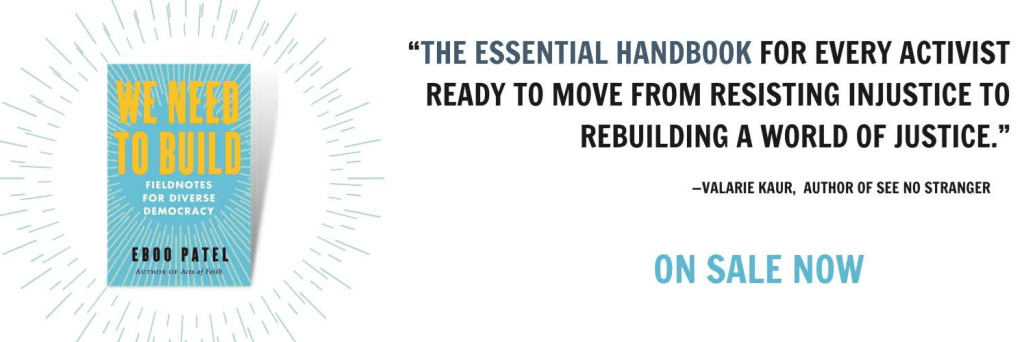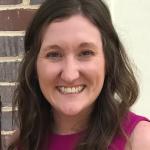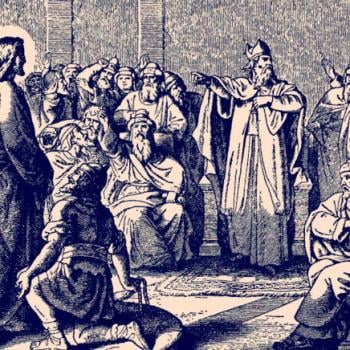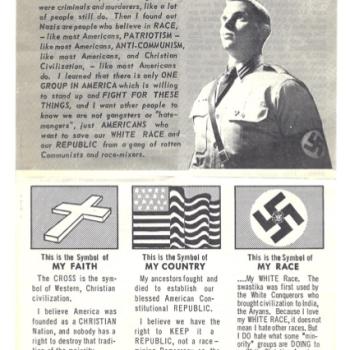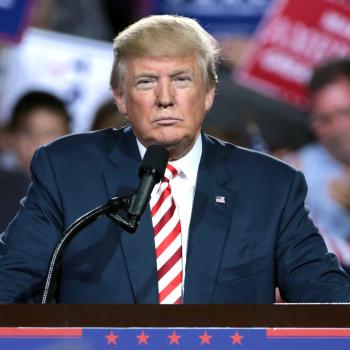Over the past few years, several of my colleagues at Bethel University have worked closely with Eboo Patel, an Oxford-educated sociologist of religion who founded Interfaith Youth Core in 2002. As IFYC changes its name to Interfaith America, Patel was kind enough to answer some questions about his new book, We Need to Build: Field Notes for Diverse Democracy.
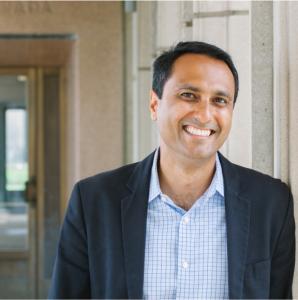 Early on in your new book, you share your own experience of racism growing up as a Muslim of Indian ancestry, “a brown kid in the white western suburbs of Chicago in the 1980s.” Could you tell us a short version of that story, and how that experience ultimately led you to your work at the intersection of multiple faiths?
Early on in your new book, you share your own experience of racism growing up as a Muslim of Indian ancestry, “a brown kid in the white western suburbs of Chicago in the 1980s.” Could you tell us a short version of that story, and how that experience ultimately led you to your work at the intersection of multiple faiths?
I remember a customer at my family’s Subway Sandwich store saying he didn’t want me to make his sandwich. I couldn’t figure out what was going on at first. And then I realized that the person he requested make his sandwich was white – and I am not. Incidents like that didn’t happen to me all the time, but often enough that I was always scared it could happen anytime. When I was growing up, this made me embarrassed about my identity. And when I got to college, and started academic work in race and ethnicity, and learned terms like “white supremacy,” my first response was to rage.
In a book entitled We Need to Build, you sketch your “personal transition from critic to builder.” What do you mean by distinguishing between those two terms? In particular, why do you think it’s so important to build civic institutions in the aftermath of the Trump presidency?
To be clear, I appreciate critics and critique. But it can’t be the whole story. We can’t only use our voices to tell other people what they are doing wrong. Social change cannot just be about a more ferocious revolution. Social change has to principally be about working towards an inspiring ideal — building a more beautiful social order, as I put it in the book. And think a social order is basically a network of institutions. I think what’s inspiring about civic institutions is that they are built largely by identity communities. And in the United States, so many of the civic institutions built by particular identity communities serve people of all identities. Think of Methodist hospitals, Catholic universities, Jewish refugee resettlement agencies, Muslim social service organizations. Trumpism is about imposing a narrow homogeneity. America’s civil society is a celebration of our pluralism.
You write that “the purpose of the organization Interfaith America is to build the nation Interfaith America.” How would the American nation be different if your organization fulfills its purpose? (In other words, how would you draw what you call its “picture of success”?)
We will know we have achieved Interfaith America when it is simply commonplace for cities across the country to have Days of Interfaith Service; when there is an established scholarly field called Interfaith Studies that certifies tens of thousands of people every year who have the knowledge base and skill set of Interfaith Leadership; when companies, schools, hospitals, and civil society organizations hire Interfaith Leaders because they recognize the significance of proactively engaging the religious diversity within their organizations; when houses of worship regularly have partnerships across faith lines; when people across traditions can readily articulate the theology or ethic of interfaith cooperation of their own community; when organizations across sectors view it as standard operating procedure to have interfaith strategic plans; when teaching the history of religious diversity in the United States is a robust part of every high school American history course. Most importantly, when religious diversity is understood as a powerful and visible asset that ought to be engaged positively and proactively rather than a dynamic that is either invisible or a threat.
What role does history play in your book? Is there anything in the American past that makes you more optimistic or pessimistic about the potential for an interfaith future?
We are living in a moment of violent white Christian nationalism. We saw it in Charlottesville, in Buffalo, in Washington DC on January 6. In the 1920s, violent white Christian nationalism was also on the march — in the form of the KKK. It was a powerful organization that counted millions of Americans as supporters, including some leading politicians. They spoke of America as an exclusively Protestant nation for “natives.” Sound familiar? A group of interfaith leaders rose up out of civil society and challenged that narrow, exclusive ideology with a broad, inclusive ideology. They called themselves the National Conference for Christians and Jews (remember — this was inclusive for the times; it was the 1930s) and they offered the United States a new term to understand itself: Judeo-Christian. We think that this is a good opportunity to do something similar. I think there is a disgust with ugly ideologies, and an appetite for more inclusive visions.
Let me pick up on your allusion to the notion of the U.S. as a “Judeo-Christian” nation… Near the end of your book, you observe that “The Judeo-Christian narrative was incomplete and imperfect, but it was a step forward.” What did you mean by that? And would non-religious Americans feel more at home in “Interfaith America” than they did in the “Judeo-Christian” version?
There were many religious expressions that were present in the United States in the early 20th century that Judeo-Christian didn’t recognize — Hindus, Sikhs, Muslims, Buddhists, indigenous traditions, and more. But I will take steps forward rather than steps backward anyway, no matter how modest. And yes, Interfaith America MUST recognize and welcome atheists, agnostics, searchers, and skeptics.
Finally, as I think of this blog’s readers… What have you learned about evangelical Christianity as you’ve moved in those religious spaces the last twenty years? How, if at all, would evangelicals need to change in order to feel at home in Interfaith America?
I am obviously highly aware of the forms of American Evangelical Christianity that seek to exclude and dominate. I know it exists. But virtually all of my many interactions with Evangelical Christians has been positive and life-giving. I’ve visited a dozen Evangelical colleges, including Calvin, Bethel, and Wheaton. I have really warm friendships with Evangelical leaders like Michael Wear, Greg Jao, John Inazu, Skye Jethani, Shirley Hoogstra, and Claude Alexander. I am inspired by the way Evangelical Christians have built institutions like Habitat for Humanity that not only serve everyone, but that bring people together in a respect/relate/cooperate ethic. I think the center of American Evangelical Christianity has much to contribute to Interfaith America.


